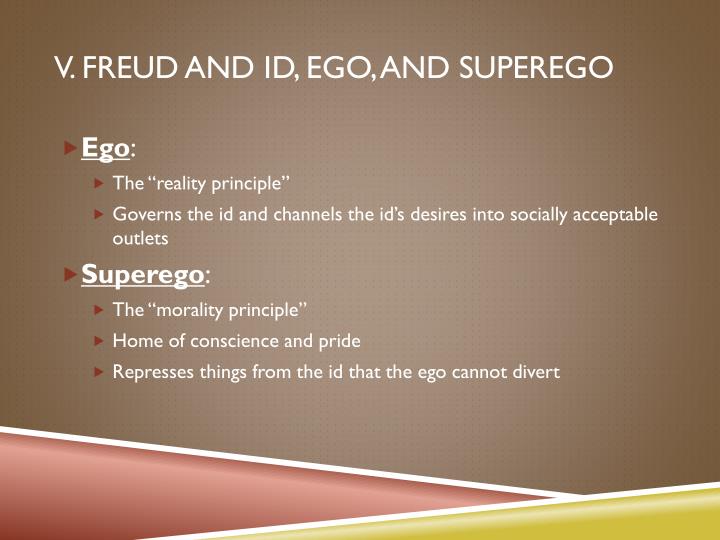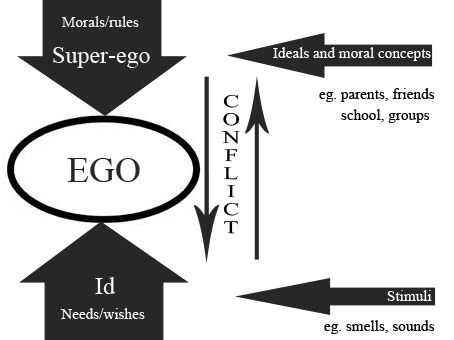



Further, I would argue that the second of these Freudian conceptualizations, premised on feelings, is more consonant with a distinctively American construal of the self than are the abstractions of ego psychology. The idea of the ego as agency is routinely considered more analytically rigorous and thus more “Freudian” than the ego-as-self, yet both interpretations of the ego are found not only in popular culture, but also-perhaps surprisingly-in Freud. When we say of someone that their ego is too big, we are criticizing their being and self-presentation, not their (presumably) weak superego. When we speak of Trump’s fragile ego, the term is being used somewhat differently, to refer to the entirety of the self, or the whole person. With The Simpsons, the ego appears as an agency that strives to mediate between the id and superego. In these examples, the ego is used in two distinct, though not wholly contradictory, ways. You’ll also glean from Google that Trump’s ego is fragile and needy but also immense and raging, its state-small or large?-a dire threat to the nation’s stability and security.
#Id ego superego explained free#
If you add “politics” to the search string, you’ll find sites advancing the argument that Donald Trump’s success is premised on his speaking to our collective id, our desires to be free of the punishing strictures of law and morality and to grab whatever we please-“a flailing tantrum of fleshly energy.” Barack Obama in this scheme occupies the position of benign superego: incorruptible, cautious, and given to moralizing, the embodiment of our highest ideas and values but, in the end, not much fun. You might also come upon images of The Simpsons: Homer representing the id (motivated by pleasure, characterized by unbridled desire), Marge the ego (controlled, beholden to reality), and Lisa the superego (the family’s dour conscience), all of which need little explanation, so intuitively on target do they seem. Type “id ego superego” into a Google search box and you’re likely to be directed to sites offering to explain the terms “for dummies”-a measure of the terms’ ubiquity if not intelligibility. The ego, id, and superego (the last two terms made their debut in The Ego and the Id) are now inescapably part of popular culture and learned discourse, political commentary and everyday talk. This landmark essay has also enjoyed a robust extra-analytic life, giving the rest of us both a useful terminology and a readily apprehended model of the mind’s workings. It would be hard to overestimate the significance of Freud’s The Ego and the Id for psychoanalytic theory and practice. Amber Jamilla Musser: The Sunken Place: Race, Racism, and Freud.Freud’s ideas have long been absorbed by popular culture, but what role do they continue to play in the academy, in the clinical profession, and in everyday life? To answer those questions, this roundtable discussion-curated by Public Books and JSTOR Daily-asks scholars about the legacy of The Ego and the Id in the 21st century. Sigmund Freud died 80 years ago this week, and his 1923 study, The Ego and the Id, which introduced many of the foundational concepts of psychoanalysis, entered the public domain earlier this year.


 0 kommentar(er)
0 kommentar(er)
